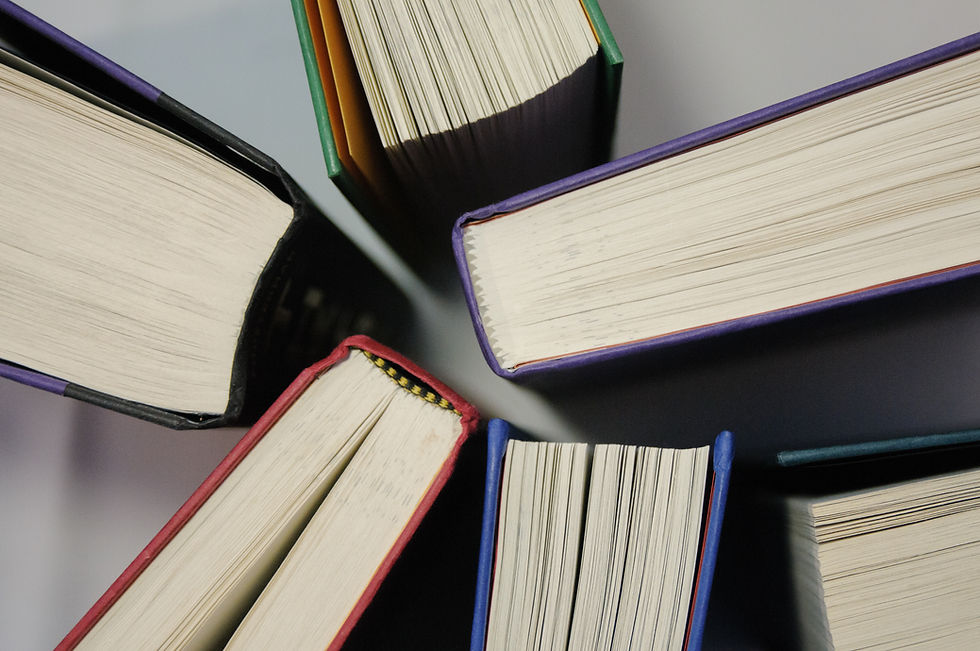Summer is officially over. Back to the gloomy weather and rainy jackets, but never to the old us. Here are four changes in this passionate intersection: art, law and tech (and my journey in it).
1. The Slowdown of NFTs: End of a Bubble or Market Reconfiguration?
In recent months, the NFT market has experienced a noticeable slowdown, particularly in terms of sales and commercial interest. Factors such as oversupply, uncertainty around return on investment (ROI), post-pandemic inflation, ongoing copyright issues, and the drop in Ethereum prices have contributed to this decline.
But does this signify the end of the NFTs? I believe it’s too early to declare it over. NFTs are still an emerging field, and there’s much left to discover. Beyond just the art market, NFTs will likely find their place in other industries and use cases. Once trust is built—especially from a legal and security standpoint—there’s potential for NFTs to rise again, perhaps in a more stable and sustainable way than we saw during the pandemic frenzy.
2. Galleries and Museums Continue to Bet on Technology
Despite the NFT slowdown, technology remains a key player in the art world, particularly within galleries and museums. Many have embraced tech to create immersive experiences and improve accessibility to art. From augmented reality exhibitions to virtual museum tours, institutions are rethinking how we engage with art.
In my experience living in London, I’ve had the opportunity to converse with several galleries over the past few years. Many navigated the intersection of tech and art with uncertainty, experimenting daily. Some impressed me with their passion and willingness to take risks. Others, however, were less prepared—somewhat passive, and their failure to address legal issues led to their closure. Their struggles are a reminder that the legal groundwork is crucial as galleries move into this new digital age.
I believe these past experiences, though challenging, are valuable stepping stones. They offer a chance for galleries to reimagine their role and impact as we move towards 2025. I plan to explore more from a business perspective how NFT galleries could approach this tech wave with greater foresight.
3. Artificial Intelligence: Opportunities and Challenges for Art
AI is revolutionising the art world, both in the creation of new works and in legal considerations. While AI-generated art is gaining attention, the ethical dilemmas surrounding authorship and originality continue to stir debate. Additionally, the European Union recently introduced a framework addressing AI in creative industries, attempting to balance innovation with necessary regulation.
"I’ve mentioned in previous blog posts, education is key—understanding the basics of legal frameworks (not just for artists, but also for app developers and tech innovators) is critical".
For artists and industry professionals, this presents both opportunities and challenges. As I’ve mentioned in previous blog posts, education is key—understanding the basics of legal frameworks (not just for artists, but also for app developers and tech innovators) is critical. AI art isn’t about making easy money; it’s about navigating the complexities of authorship and value. At the end of the day, artworks that maintain a clear sense of authorship will continue to stand out.

The EU’s recent framework is a promising start—it’s practical without being overly intrusive, but there’s still work to be done. Those of us in the art world need to educate ourselves and play an active role in shaping these emerging channels of artistic expression.
4. Personal Reflection: Law as a Mirror of Society in Art
Beyond intellectual property law, I see law and art as reflections of society. Both fields serve as frameworks through which we explore, question, and understand human behaviour and culture. They evolve alongside us, shaping and being shaped by our collective experience.
Over the past months, I’ve reflected on how deeply art has transformed my life. Each question I ask myself leads me to execute projects with greater clarity. Juliana Boom, my ongoing project, isn’t just about creating art to sell. It’s about living through art—finding peace in knowing that my journey in this world is one of joy, learning, and connection. Ultimately, I believe art brings us together, and that’s why I remain committed to it. It excites me to think about helping others experience their own stories through art, if that’s what moves them.
Wrapping up:
The intersections of art, law, and technology are evolving rapidly, but they’re not disconnected. Whether we’re exploring the future of NFTs, AI’s role in creativity, or the legal frameworks that support the art world, one thing is clear: these fields are all reflections of our society and its constant state of change.
As we navigate this new season of innovation and reflection, my goal is to continue exploring how these areas interact—and to encourage others to think deeply about how art, law, and technology shape our world. Whether through personal experiences or the broader industry trends, I believe we’re all connected by the art we create, the laws we follow, and the technology we embrace. Here’s to the journey ahead.
Thank you.
Juliana
_JPG.jpg)

Comments